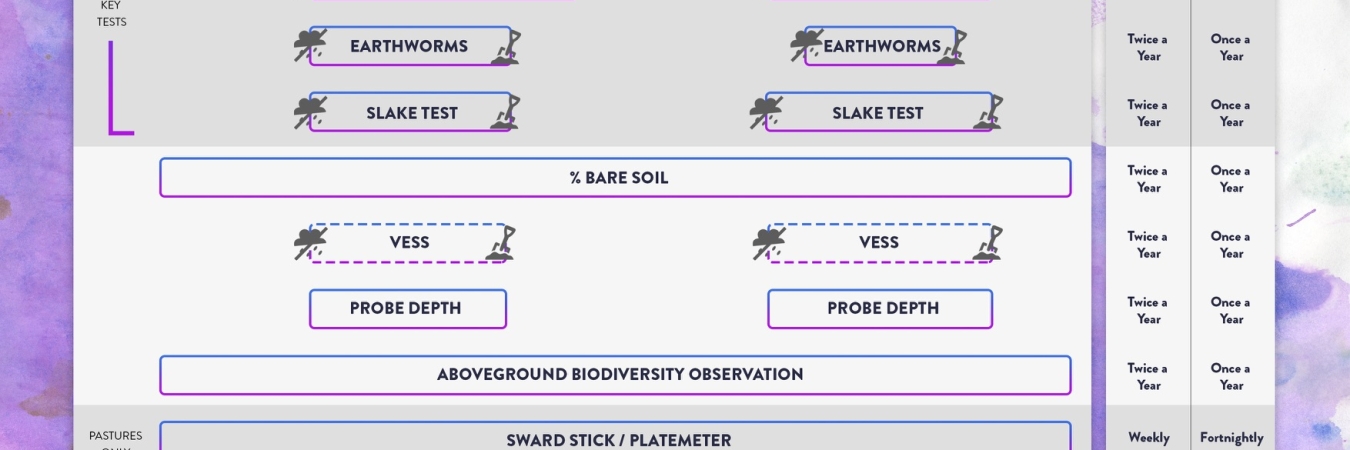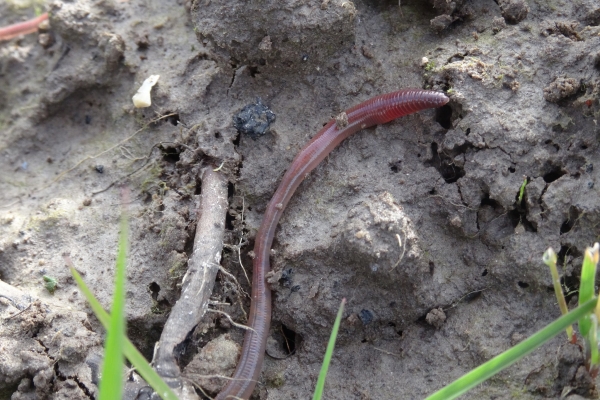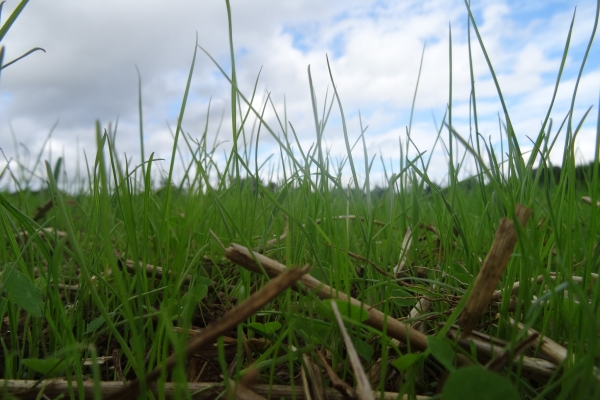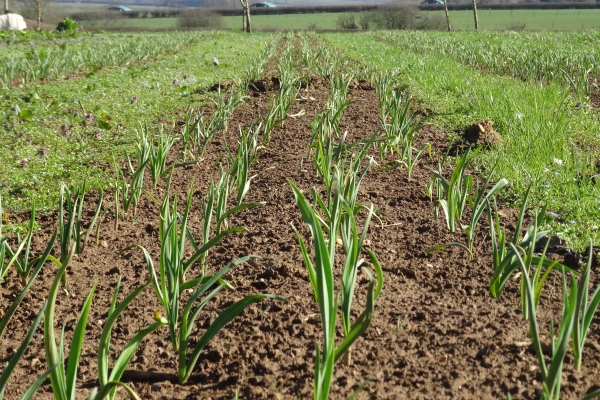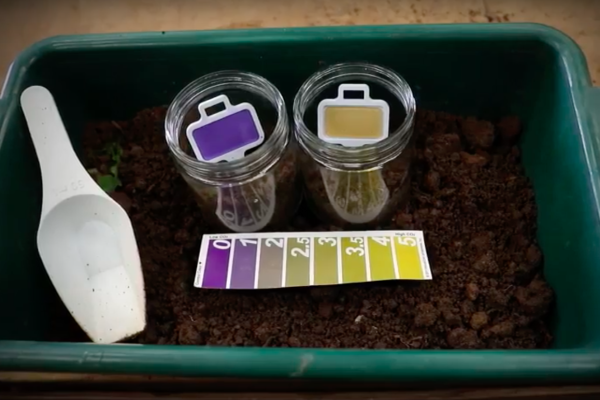Know your Soils #10: Soil Test Calendar
When and how often should you do soil tests?
Resource explained
Soil testing is the first step to understanding how to build soil fertiity in your land, but how do you know which soil tests to do and when to do them? Soilmentor has created this useful calendar (with a PDF version you can print out) which shows all the soil tests, which ones are key, and which months you should be doing them. It is important to note that some of them are weather dependent (so don’t venture out after heavy rain) and some require digging small holes (watch your backs!). Ideally you need to do the tests in the autumn and spring, but once a year is better than not at all. There is advice on which fields to test and where on the field you should test to get a representative sample. This is #10 in the Soilmentor ‘Know your Soils’ series – see earlier instalments sharing tips on monitoring and building soil health.
Findings & recommendations
- Certain soil tests are best carried out at certain times of year – this is due to the weather.
- Do a minimum of 3 key tests and do them all on the same day – ideally earthworm count, infiltration rate and slake test.
- Most tests should be done twice a year (in autumn and spring).
- Infiltration rate, earthworm count, slake test and VESS test should not be done after heavy rain.
- Earthworm count, slake test and VESS test require digging a 20 x 20 x 20cm hole.
- The VESS test takes some practise – a soil health advisor or someone from Soilmentor team could help you with this.
- Take photos of each field, test, and soil sample to create a soil photo diary.
- Choose fields to test that are under different management e.g. arable, permanent pasture, herbal leys etc.
- Do not choose too many fields, make sure it is manageable.
- To get a representative sample, repeat tests 3 times on each field.
